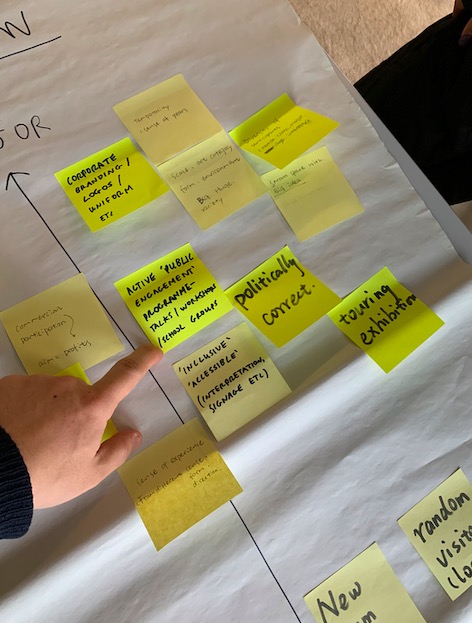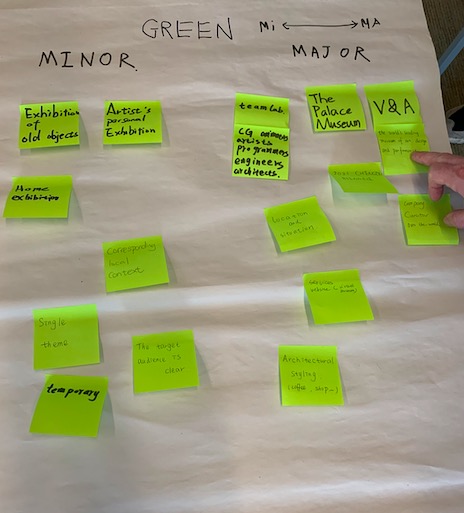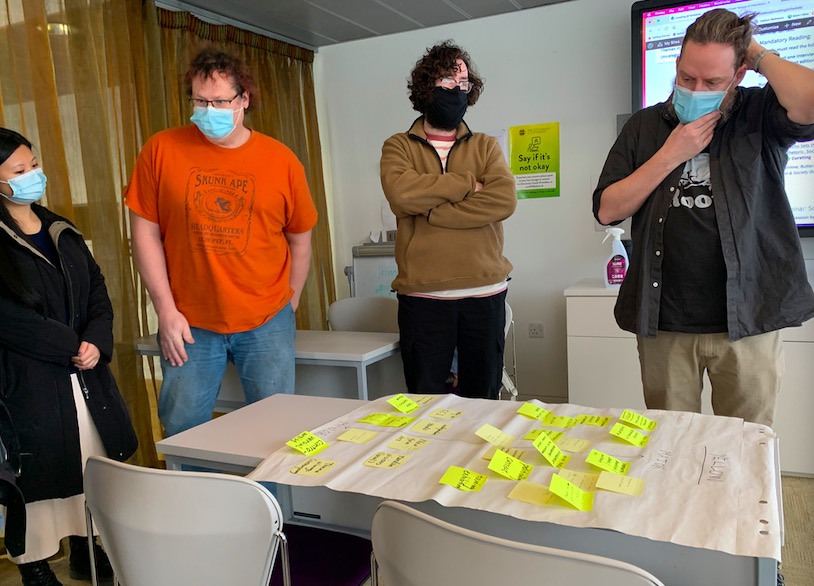My team and I attended curatorial courses about major and minor exhibitions. I was a member of the green group. For other reasons, I joined the red group and had a discussion. The other members gave examples of different major/minor curatorial scenarios. The scale of the exhibition cannot be evaluated as a minor and major criterion. Because the objectives and visions of an exhibition have different starting points and impacts, small exhibitions can also be used as a major curatorial approach to achieve impact. While the independent curator plays a greater role in the major exhibition method, the curator as an artist does not; the curator as an artist is both an enabler and a utopianist.
I believe that in the contemporary art world, both the independent curator and the curator as an artist can carry out major curation levels. The curator as an artist can also play a radical role in exploring the margins of art.
In terms of the artist as curator, I find that part of the artist is not only earth to keep us away from the established circle of art institutions and museums, but also earth to change or permeate the existing environment and create a new one in which the audience and the artist can participate. Since, the artist’s home as curator uses public, private or otherwise unconventional exhibition sites for contemporary art. To adopt spaces where you still feel the presence of embedded history is compelling.
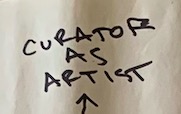
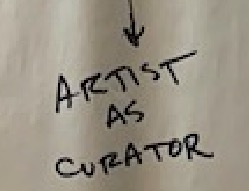
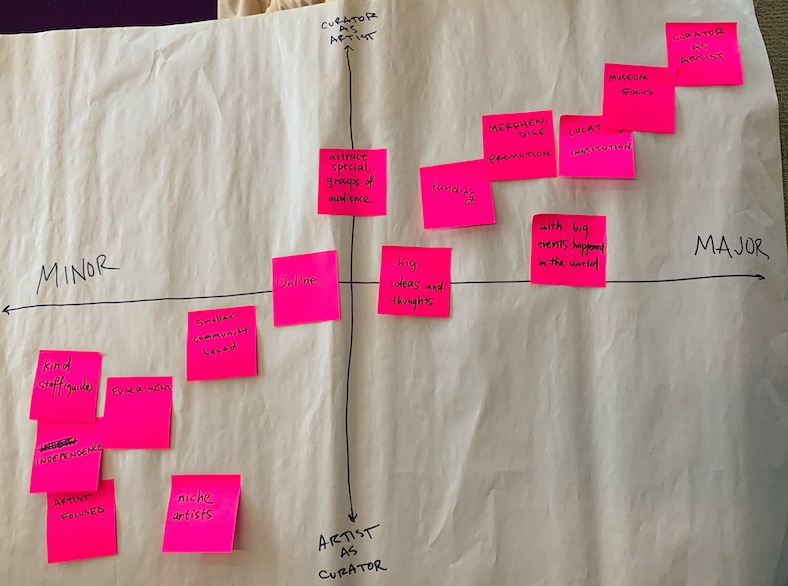
Likewise, inspired by the artist led initiatives in New York in the 1960s, these spaces are often housed in temporary places – shops, warehouses, soon-to-be demolished buildings – which can be inhabited for free or for a nominal rent for a short period of time.
Furthermore, the artist-curator tends to remain outside the commercial art world, and within a community of artists – often ones with whom they studied, or of a similar generation – who are frustrated by the perceived impenetrability of the art world.
Moreover, for some artist-curators, it is the freedom to create art, control its output and have a say in how it is exhibited that appeals, for others it is a means of survival, a way of gaining exposure for the art that they and others do.
Rosalind Krauss describes these spaces as a “ghostly presence, grazing the surface and like an elsewhere, a paradox of being physically present but temporally anterior and locally exotic.”
For example, one of the architectural gems of the Barras market, the Pipe Factory building was purchased by the Friends of The Pipe Factory CIC, with the support of Nesta’s Arts and Culture Impact Fund in March 2021.
The Friends aim to evolve a cultural hub rooted within Calton and The Barras. I realize envisage a dynamic building and programme that will generate opportunities for young people, communities and creatives through the arts, heritage, architecture and design.
